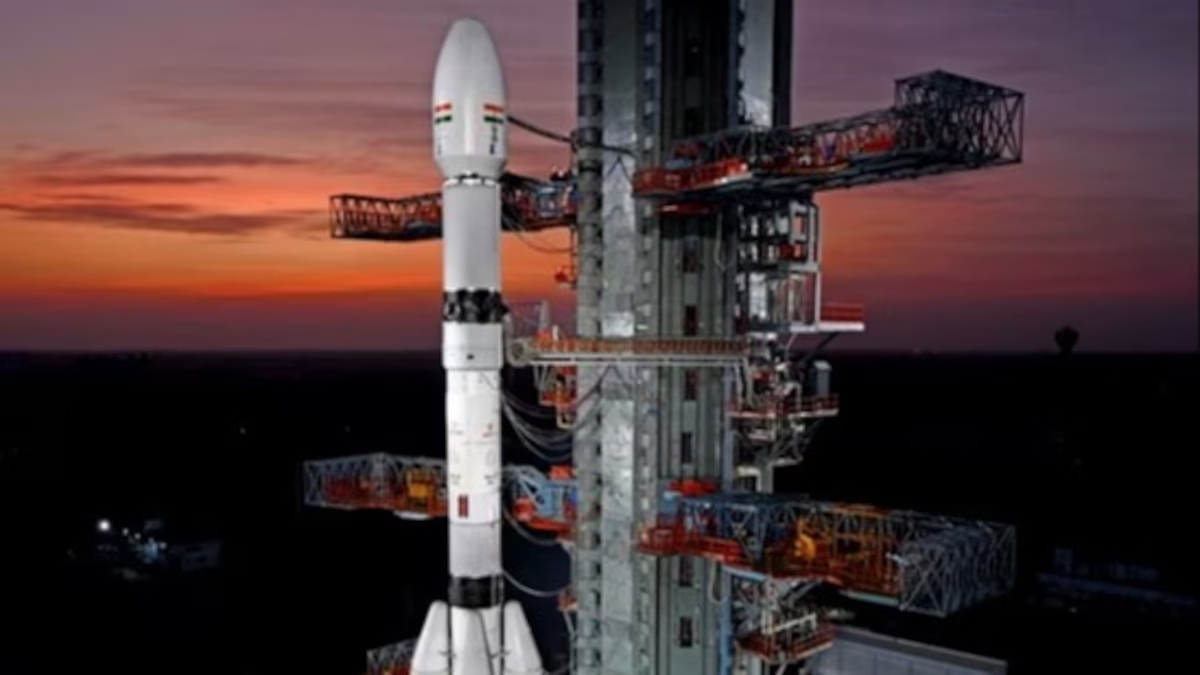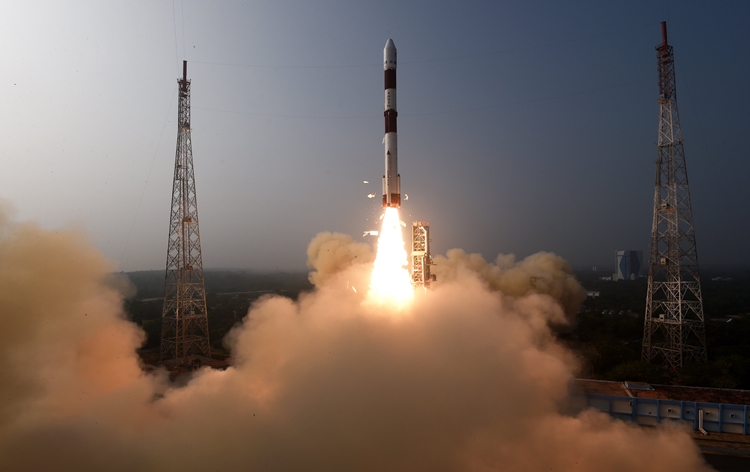On Saturday, the Indian Space Research Organisation (ISRO) achieved another milestone with the successful launch of the INSAT-3DS meteorological satellite aboard a Geosynchronous Launch Vehicle F14 (GSLV-F14) from the Satish Dhawan Space Centre in Sriharikota, Andhra Pradesh.
Following the flawless launch, ISRO Chairman S Somanath expressed his satisfaction, stating, “The spacecraft has been injected into a very good orbit. We also noted that the vehicle has performed very well. Congratulations to everyone who has been a part of the team.”
But what exactly is ISRO aiming to achieve with this mission? According to ISRO, the objective of the GSLV-F14/INSAT-3DS mission is to ensure continuity of services provided by existing operational satellites like INSAT-3D (launched in 2013) and INSAT-3DR (launched in September 2016).
These services include enhanced meteorological observations, monitoring of land and ocean surfaces for weather forecasting and disaster warning, as well as satellite-aided research and rescue services (SAR).

Once operational, the 2,274 kg satellite will cater to various departments under the Ministry of Earth Sciences, including the Indian Meteorological Department (IMD), the National Institute of Ocean Technology (NIOT), the National Centre for Medium-Range Weather Forecasting, and the Indian National Centre for Ocean Information Services.
Equipped with imager payloads, sounder payloads, data relay transponders, and satellite-aided search and rescue transponders, INSAT-3DS will study cloud properties, fog, rainfall, snow cover, fire, smoke, land, and ocean, among other parameters.
ISRO highlighted that the imager and sounder payloads incorporated in this mission are similar to those carried by INSAT-3D and INSAT-3DR, but with significant improvements in radiometric performances.
Funding for this mission comes from the Ministry of Earth Sciences, making INSAT-3DS a fully funded endeavour under the third generation meteorological satellite program.

Post-launch, scientists will undertake orbit-raising maneuvers to position the satellite into a Geo-stationary Orbit, a process expected to be completed in the coming days.
The successful launch of INSAT-3DS marks ISRO’s second mission in 2024, following the triumphant launch of PSLV-C58/EXPOSAT mission on January 1st. With this latest feat, ISRO continues to reinforce its reputation as a global leader in space exploration and satellite technology.












